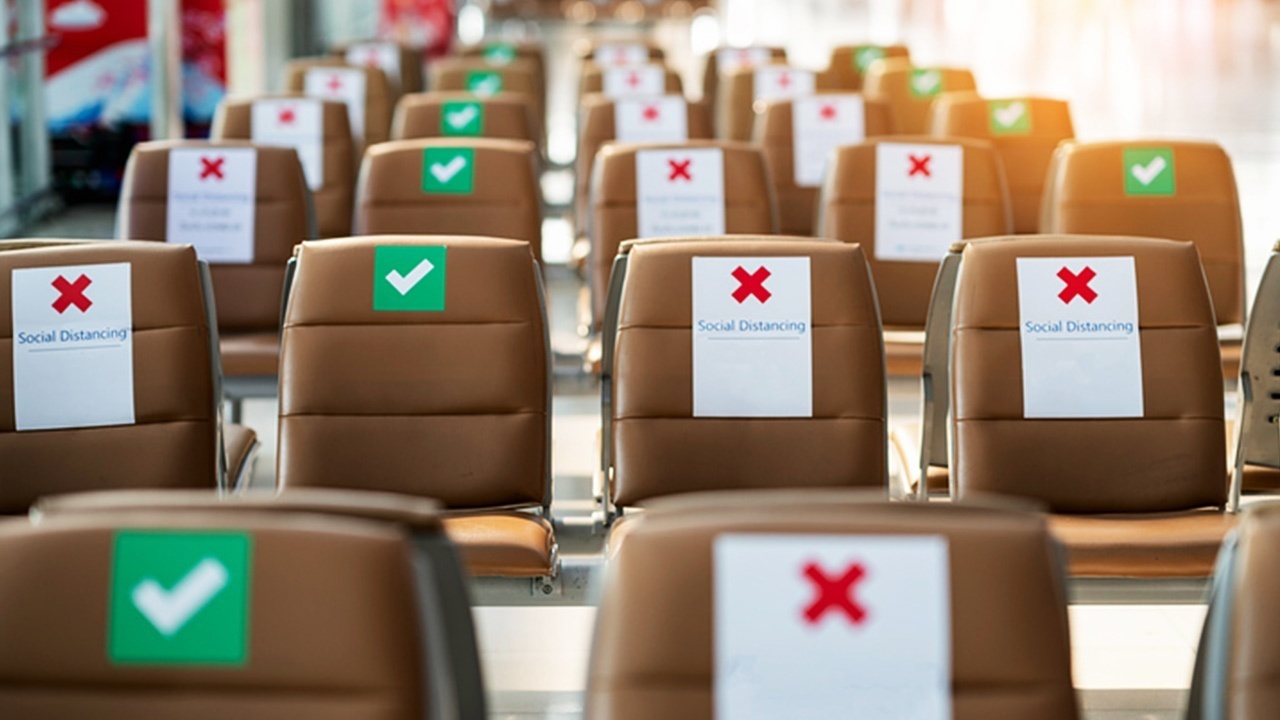The outbreak of COVID-19 has changed the way that people use spaces. We are working from home, lining up two meters apart, and entering empty stores no more than a few people at a time. Large gatherings like concerts and lectures have all been stopped and moved online for the foreseeable future.
When designing a new building or public space, architectural professionals look at human behavior in order to make the space functional and aesthetically pleasing according to their brief. This means that architecture in a post-COVID world could look completely different.
Are you thinking about pursuing a brighter future with training in architectural design technology? Read on to find out some of the ways that COVID-19 could transform your career journey.
Rethinking the Design of Office Spaces After COVID-19
Whether you’re working in an office or designing one, workspaces of the future could look very different. Open office spaces have been in decline for a few years now anyway, with various studies showing that people work best when they have their own independent workspace.
New office designs could be more isolated to ensure that colleagues avoid contaminating one another with the virus. As well as this, they may need to allow for isolated spaces for collaborative working.
Another change will be the rise of remote working. COVID-19 has shown many businesses that they can be equally as productive with all of their workforce working from home. This could become a permanent trend, with employees able to work from the home or from the office. This means that offices could become smaller, with less need to accommodate all staff at one time.
Think About Infection Control After a Diploma in Architectural Design Technology
As an architectural technician, you will likely work alongside other architectural professionals to plan and execute residential and commercial designs. In light of COVID-19, this could involve implementing various infection control measures in buildings and spaces.
Contactless technology like automatic doors and voice-activated elevators could become more and more common. Infectious diseases like COVID-19 can exist on these surfaces for several hours, so this would limit the spread of them through direct contact.

Contactless features like automatic doors could become more common
In architectural design technology training, you may have the opportunity to look at the planning process for large public spaces like hospitals and airports that have thousands of people pass through on a daily basis. These spaces may need to have new features introduced, like temperature checks at entrances and handwashing facilities.
Use of Antimicrobial Building Materials
As part of a diploma in architectural design technology, you may learn about how to select the right materials for the purpose. However, the types of materials used by architecture professionals could change in the future due to public health concerns, too.
Antimicrobial building materials like Lapitec, Richlite, and even copper will likely become more common. These surfaces inhibit the growth of microorganisms, making it harder for viruses to survive and spread.
Previously, antimicrobial materials may have been considered too expensive, and architecture teams might have opted for more affordable alternatives. However, in response to COVID-19, these types of materials are more likely to be seen as worth the investment.
Do you want to gain hands-on experience in architectural design with Digital School?



